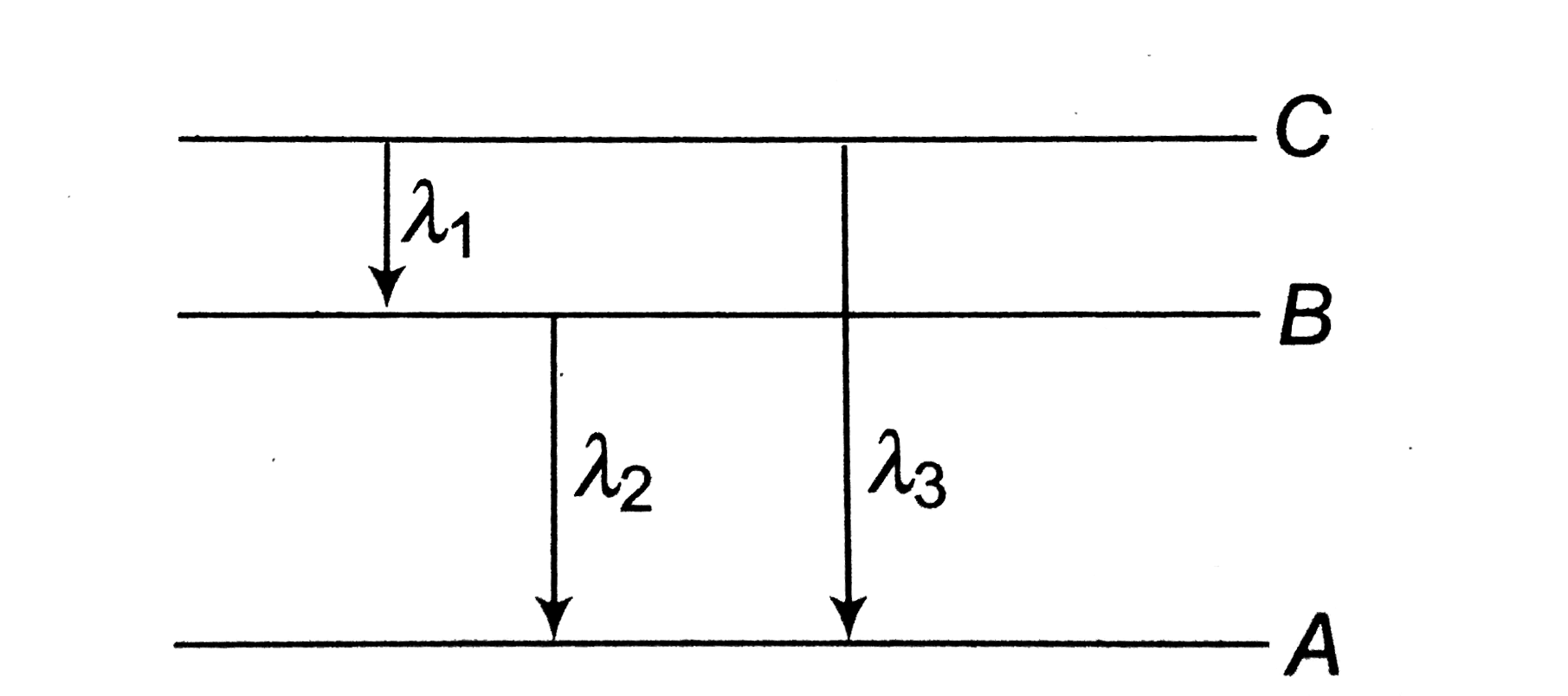For which of the following species 2ndIE<1stIE
Be
Ne
Na+
None of these
The correct Answer is:D
To solve the question "For which of the following species is the second ionization energy (IE) less than the first ionization energy?", we need to understand the concepts of ionization energy and the behavior of atoms when they lose electrons.
1. Understanding Ionization Energy:
- Ionization energy is the energy required to remove an electron from an atom or ion. The first ionization energy (1st IE) is the energy required to remove the first electron, while the second ionization energy (2nd IE) is the energy required to remove the second electron.
2. General Trend:
- For any neutral atom, the first ionization energy is always less than the second ionization energy. This is because once the first electron is removed, the resulting cation has a smaller radius and a higher effective nuclear charge, making it harder to remove a second electron.
3. Reasoning:
- When you remove the first electron, you create a positively charged ion (cation). This cation is smaller in size compared to the neutral atom due to the increased effective nuclear charge acting on the remaining electrons. As a result, the second ionization energy is always greater than the first.
4. Conclusion:
- Therefore, there are no species for which the second ionization energy is less than the first ionization energy. The answer to the question is that none of the given species will satisfy the condition 2ndIE<1stIE.
Final Answer:
- None of these.
- Ionization energy is the energy required to remove an electron from an atom or ion. The first ionization energy (1st IE) is the energy required to remove the first electron, while the second ionization energy (2nd IE) is the energy required to remove the second electron.
- For any neutral atom, the first ionization energy is always less than the second ionization energy. This is because once the first electron is removed, the resulting cation has a smaller radius and a higher effective nuclear charge, making it harder to remove a second electron.
- When you remove the first electron, you create a positively charged ion (cation). This cation is smaller in size compared to the neutral atom due to the increased effective nuclear charge acting on the remaining electrons. As a result, the second ionization energy is always greater than the first.
- Therefore, there are no species for which the second ionization energy is less than the first ionization energy. The answer to the question is that none of the given species will satisfy the condition 2ndIE<1stIE.
- None of these.
Topper's Solved these Questions
- PERIODIC TABLE & PERIODICITYBOOK - RESONANCE ENGLISHCHAPTER - PERIODIC TABLE & PERIODICITYEXERCISE - Exercise-3
1 Videos
- P-BLOCK ELEMENTS (HALOGEN & NOBLE GASES)BOOK - RESONANCE ENGLISHCHAPTER - P-BLOCK ELEMENTS (HALOGEN & NOBLE GASES)EXERCISE - APSP PART-3
22 Videos
- QUALITATIVE ANALYSISBOOK - RESONANCE ENGLISHCHAPTER - QUALITATIVE ANALYSISEXERCISE - INORGANIC CHMISTRY(Qualitative analysis)
35 Videos
Similar Questions
Knowledge Check
Energy levels A,B,C of a certain atom corresponding to increasing values of energy i.e., EA<EB<EC. If λ1,λ2,λ3 are the wavelengths of radiations correspnding to the transitions C to B,B to A and C to A respectively, which of the following statements is correct?
 Aλ3=λ1+λ2Bλ1+λ2+λ3=0Cλ23=λ21+λ22Dλ=λ1λ2λ1+λ2
Aλ3=λ1+λ2Bλ1+λ2+λ3=0Cλ23=λ21+λ22Dλ=λ1λ2λ1+λ2
Along the period (→) atomic/ionic radii and metallic character decreases while IE, EN , non-metallic character and oxidising
power increases. Down the group (⏐↓), atomic/ionic radii, metallic character and reducing character increase while IE and EN
decrease. However, ΔegHɵ becomes less negative down a group
but more negative along a period.
Which of the following isoelectronic species has lowest IE1 ?
View SolutionWhich of the following molecules has the highest IE
(i) Ne (ii) F
View SolutionWhich of the following are isoelectronic species i.e, those having the same number of electrons?
Na+,K+,Mg+,Ca2+,S2−,Ar
View SolutionConsider the following values of I.E.(eV) for elements W and X:
ElementI.E1I.E2I.E3I.E4W10.515.524.979.8X814.878.9105.8
Other two element Y and Z hav outer electronic configuration ns2np4andns2np5 respectively. then according to given information which of the following compound(s) is/are not possible?
View SolutionEnergy levels A,B,C of a certain atoms corresponding to increasing values of energy level i.e., EA<EB<EC. If λ1,λ2 and λ3 are the wavelengths of radiations corresponding to the transitions C to B,B to A and C to A respectively which of the following statement is correct?
View SolutionWhich of the following statement is correct regarding following species?
(i) ClE.A.−−→Cl−
(ii) Cl−I.E.−−→Cl
(iii) ClI.E.−−→Cl+
(iv) Cl+I.E.−−→Cl2+
View SolutionWhich among the following elements have lowest value of IE1?
View Solution
